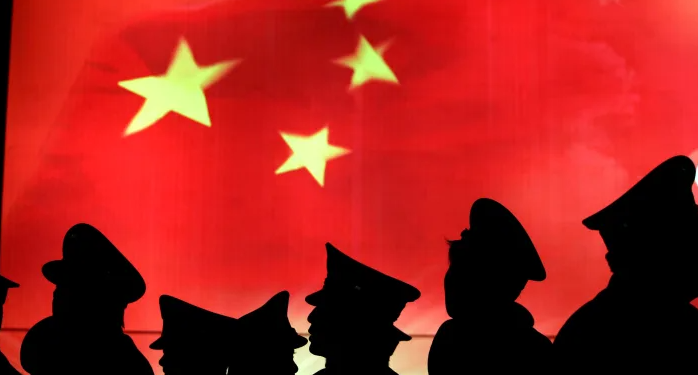According to newly released data from the National Bureau of Statistics, China’s consumer prices increased by 0.5% year-on-year (y/y) in July, up from 0.2% y/y in June, surpassing market expectations of a 0.3% rise. This uptick in inflation reflects the impact of government measures aimed at stimulating economic activities and mitigating deflation risks.
Food prices saw a notable change, reversing twelve consecutive months of decline to stabilize at 0.0% y/y in July, compared to a 2.1% y/y decrease in June. Non-food inflation eased slightly, registering at 0.7% y/y, down from 0.8% y/y in June, due to reduced price pressures in the housing and health sectors.
On a month-on-month (m/m) basis, headline inflation rose by 0.5% in July, following a 0.2% decline in June. The rise in consumer prices is expected to continue, driven by increased domestic demand as a result of the government’s consumption-boosting policies. However, inflationary pressures are likely to remain below historical levels due to ongoing challenges such as low consumer spending, stagnant income growth, and high youth unemployment in China.
Given these dynamics, Analysts anticipate that the People’s Bank of China (PBoC) will maintain the key policy rates at the upcoming August monetary policy meeting, with a potential rate cut on the horizon for September.















